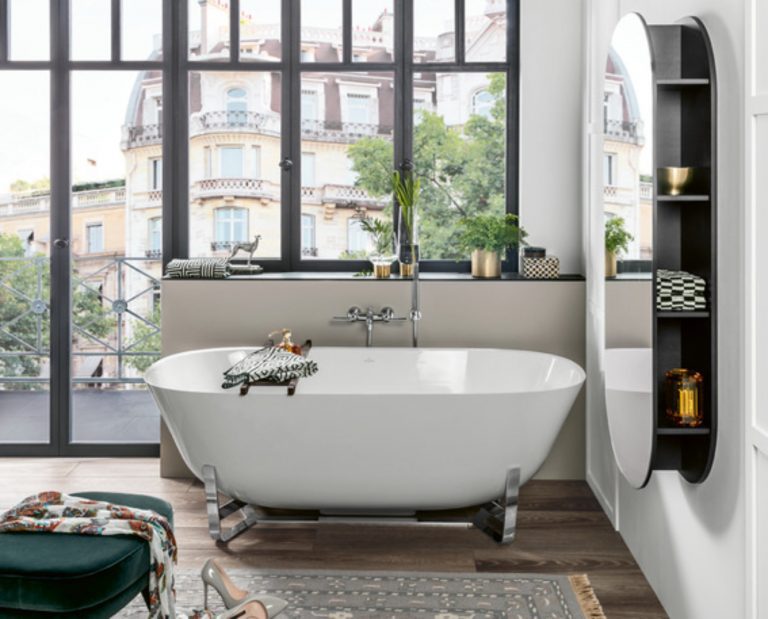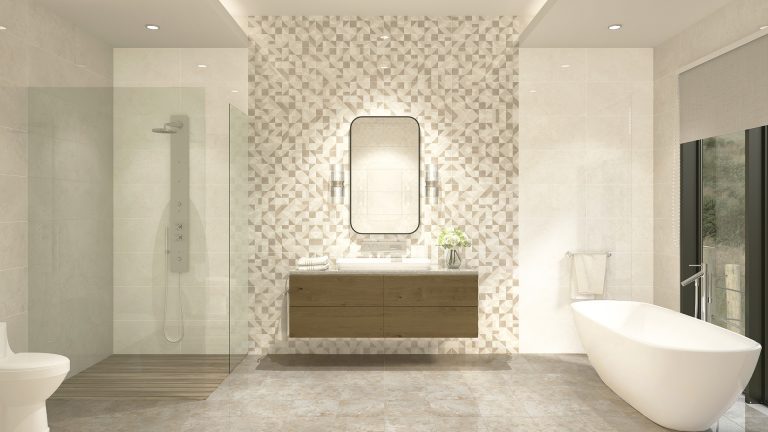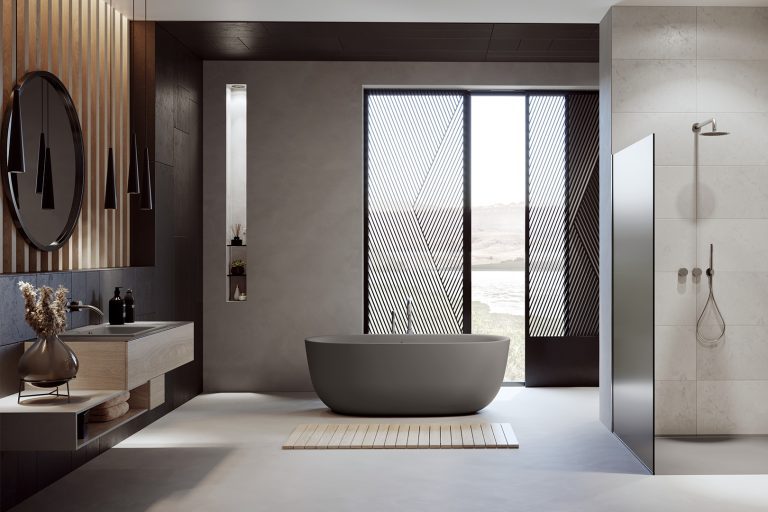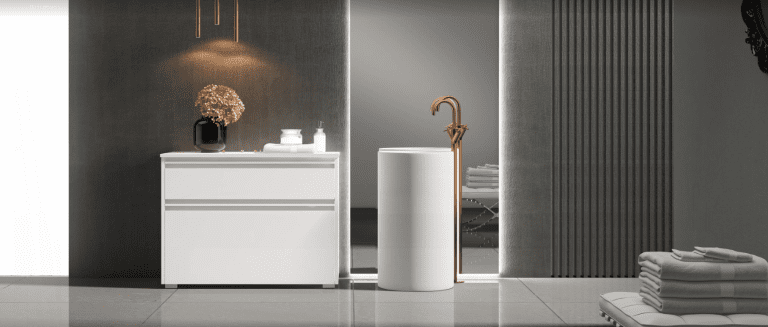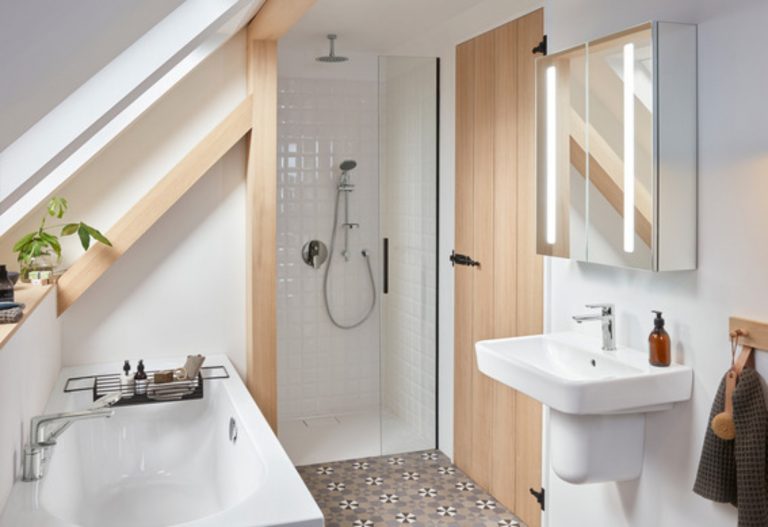Bathroom Planning Checklist UK: What to Do Before You Start
Planning a new bathroom project can feel like a big undertaking, but with the right checklist in place, you’ll stay on track and avoid the common pitfalls that catch many people out. Whether you’re modernising a dated space, adapting to a growing household, or simply ready for a change, a well-considered plan is essential before a single tile is lifted.
In this guide, we’ll help you take a fresh look at what’s needed before you start. This isn’t just another list of fixtures and fittings—we’ll walk through layout, flow, storage, finishes, and the finer details that will help your bathroom project stand the test of time. From choosing trusted bathroom brands to understanding timelines and hidden costs, this is your starting point for getting your new bathroom exactly right.
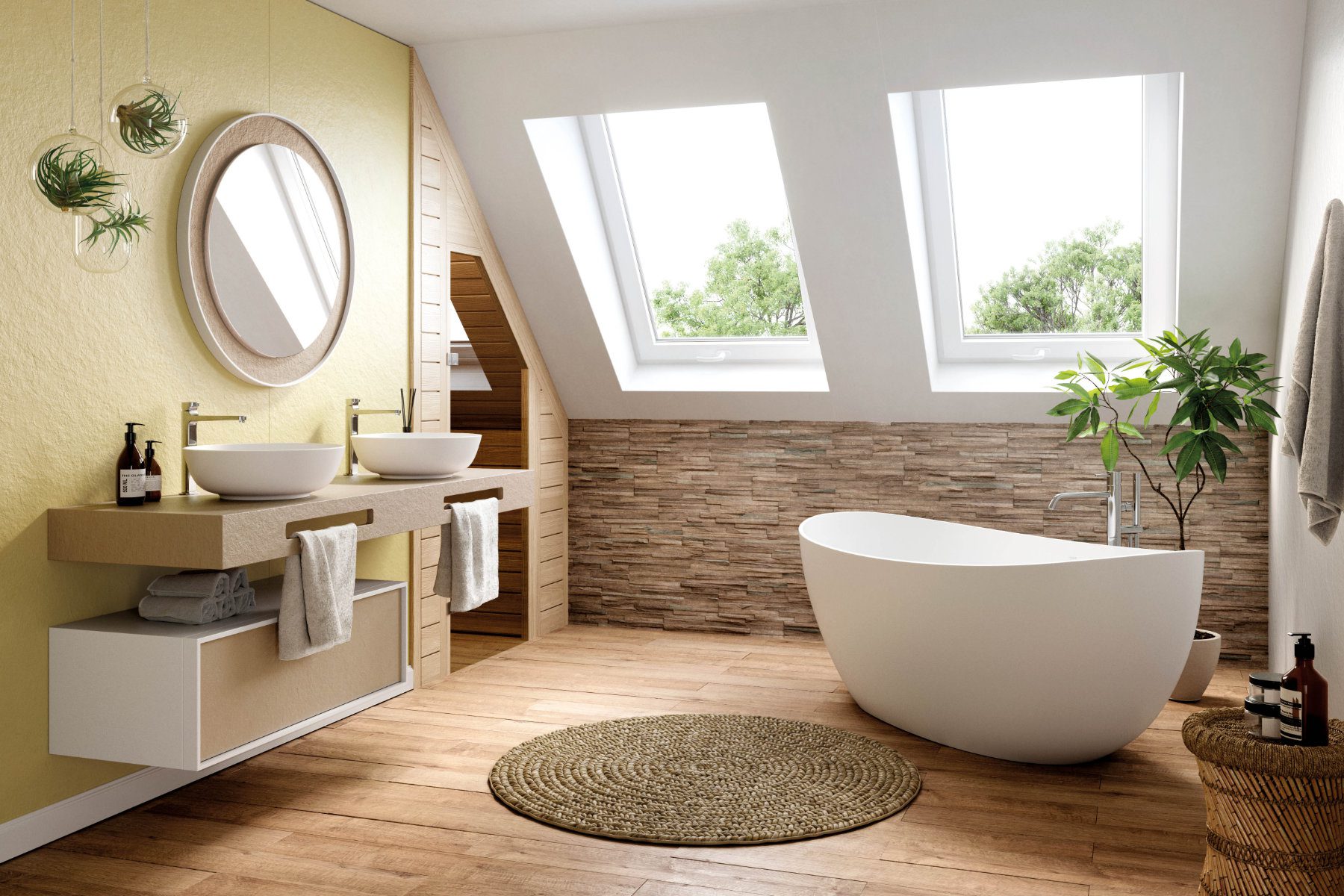
Think Beyond Style: Function First
Before you get carried away with tile samples and colour palettes, ask yourself how the bathroom needs to work for your household. A bathroom should always be beautiful, but the design must serve your day-to-day needs.
Is this a family bathroom that needs to stand up to busy mornings and bath time? Or is it a guest en-suite where impact and simplicity are more important than storage? Be honest about how the space gets used. You might find that what you thought you wanted doesn’t quite fit your practical needs.
Once you’ve mapped out who the bathroom is for and how it will be used, you’ll be in a much stronger position to decide what goes where.
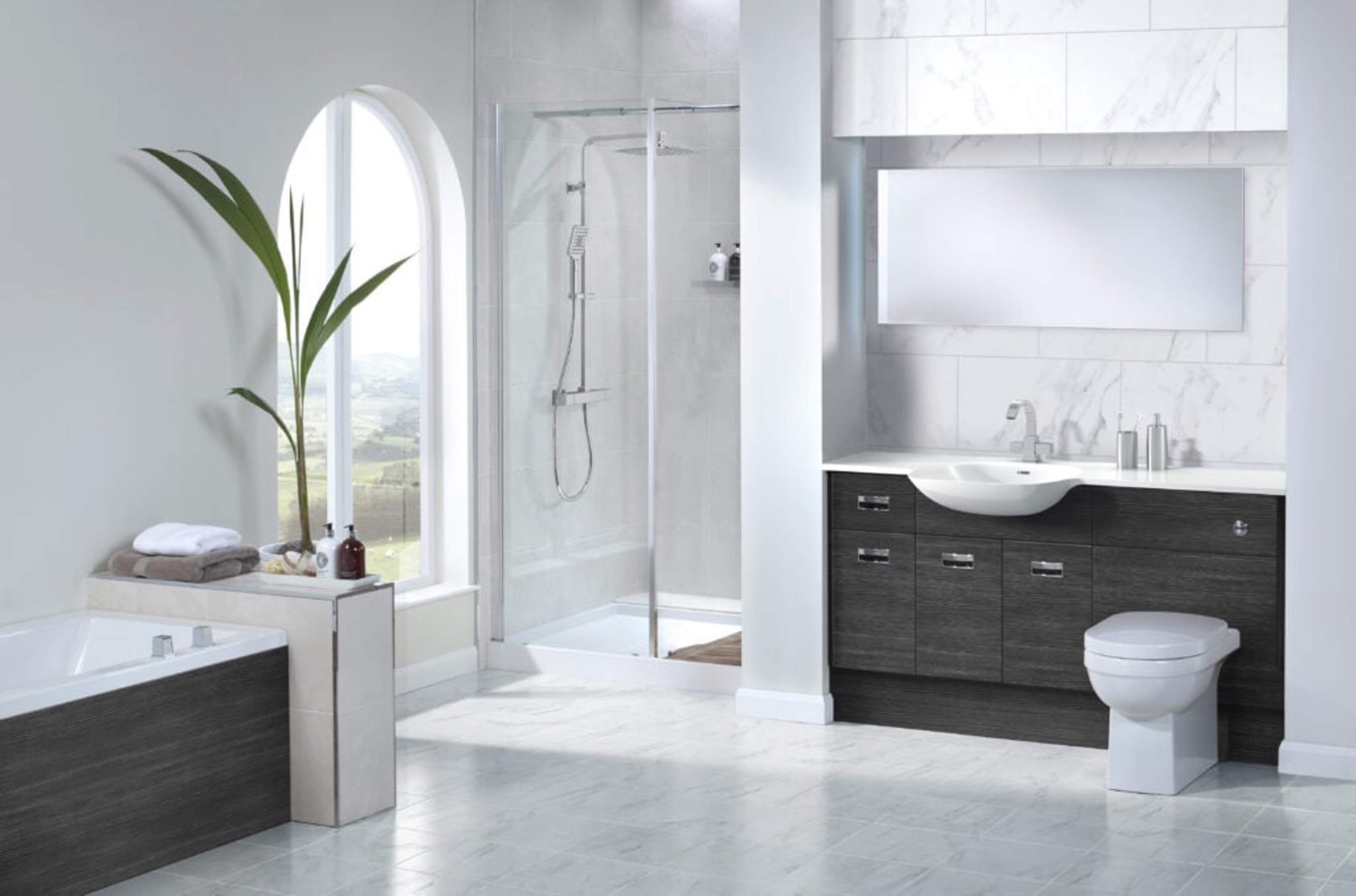
Layout Matters More Than You Think
If you’re planning a complete bathroom project, take time to challenge the existing layout. So many people stick to their original layout because it feels easier—but a poor bathroom layout can undermine even the most luxurious finishes.
Does your door open onto the toilet? Could the shower move to a better position with improved drainage? Would a wall-hung vanity create the illusion of more space?
Modern bathroom brands such as Aquabella and Decosan offer highly versatile furniture and washbasin solutions that allow for flexible layouts—even in compact bathrooms. Their sleek, wall-mounted ranges are ideal for creating more floor space and an open, less cluttered feel.
If you’re unsure what’s possible, consult a professional bathroom designer early on. The right layout decisions made now will have a much greater impact than upgrading to a more expensive tile later.
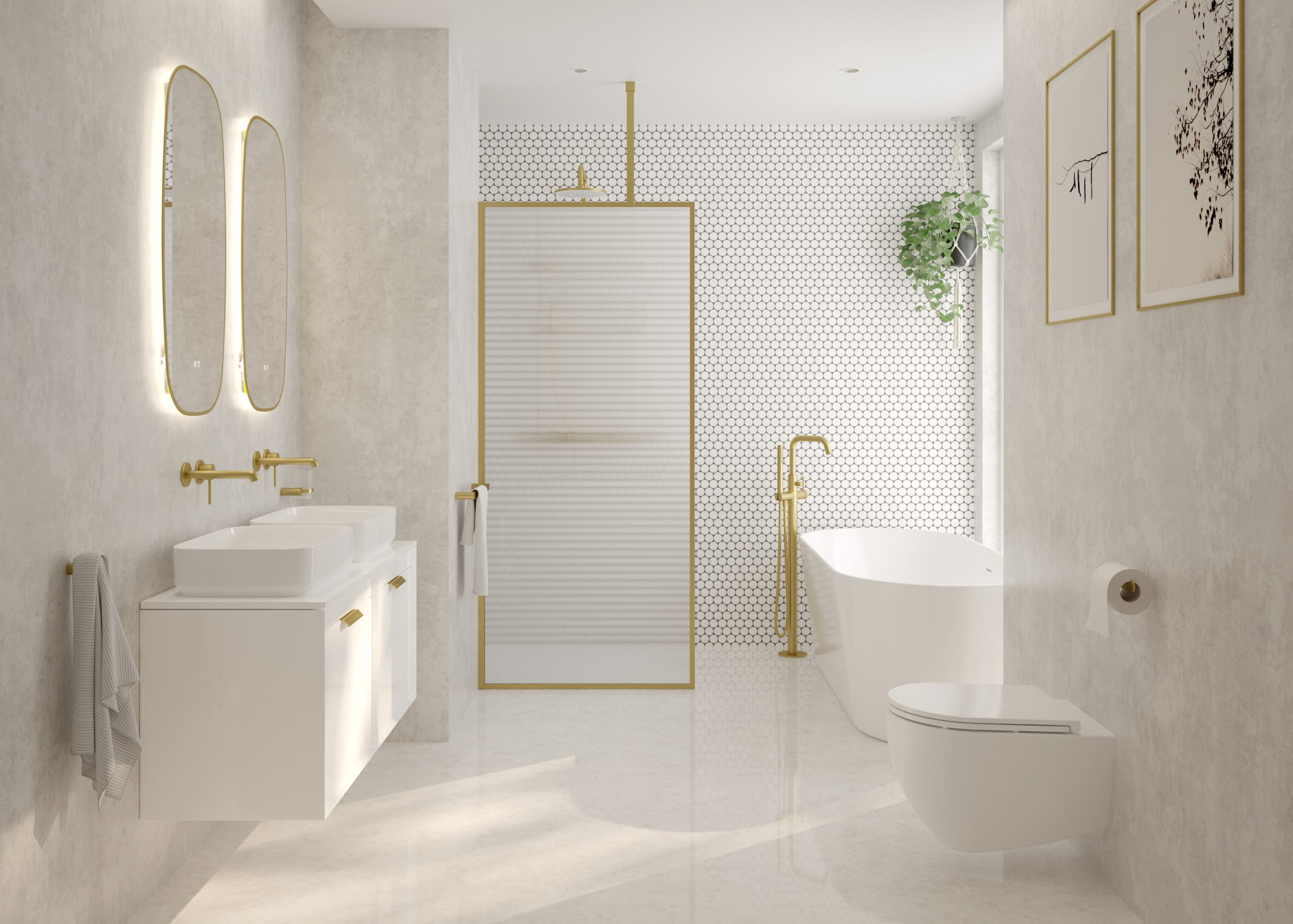
Make Bathroom Storage a Priority, Not an Afterthought
It’s easy to underestimate how much you’ll need to store in a bathroom—especially in shared spaces. Toiletries, towels, cleaning products, and spare toilet rolls all need a home, and if you don’t plan ahead, they’ll clutter up every surface.
Built-in furniture from brands like Interlübke or Utopia can make a real difference here. Look for slimline storage that makes the most of narrow spaces, mirrored cabinets with hidden shelving, and under-sink units with pull-out drawers.
Don’t forget vertical space either. Tallboys and floating shelves can be surprisingly useful without taking up floor space.
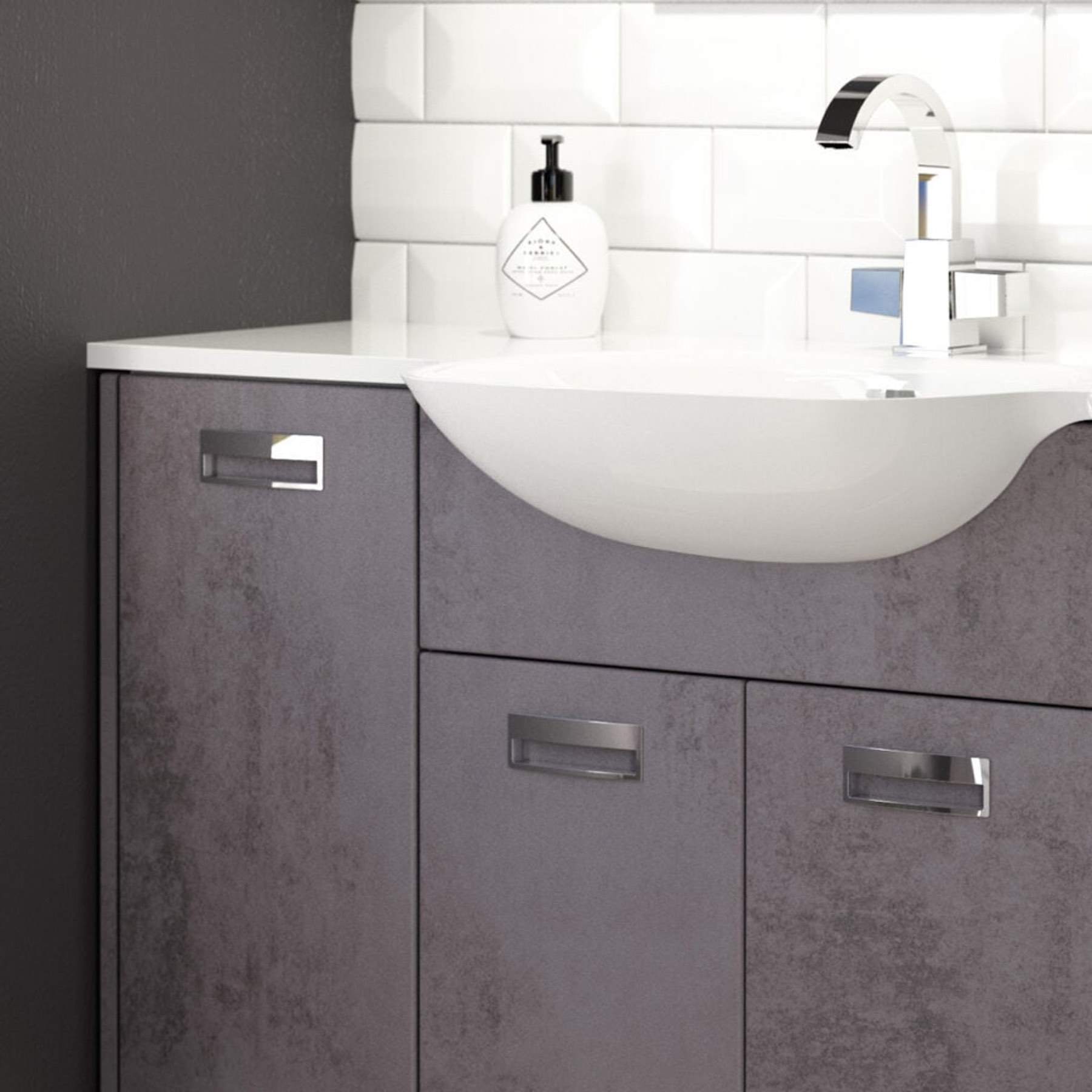
Choose High Quality Bathroom Products That Last
When it comes to showers, taps, and sanitaryware, quality is non-negotiable. You’ll be using your bathroom products every day, often multiple times. Poor-quality fittings will wear quickly, drip, or cause issues with pressure and temperature control.
Trusted brands like Ramon Soler specialise in high-performance brassware that’s built to last. Their mixers and thermostatic showers offer excellent control and durability, as well as sleek, contemporary design.
For walk-in showers and enclosures, Roman is another name worth considering. Known for robust frames and easy-clean glass, Roman’s ranges suit both traditional and modern bathroom projects.
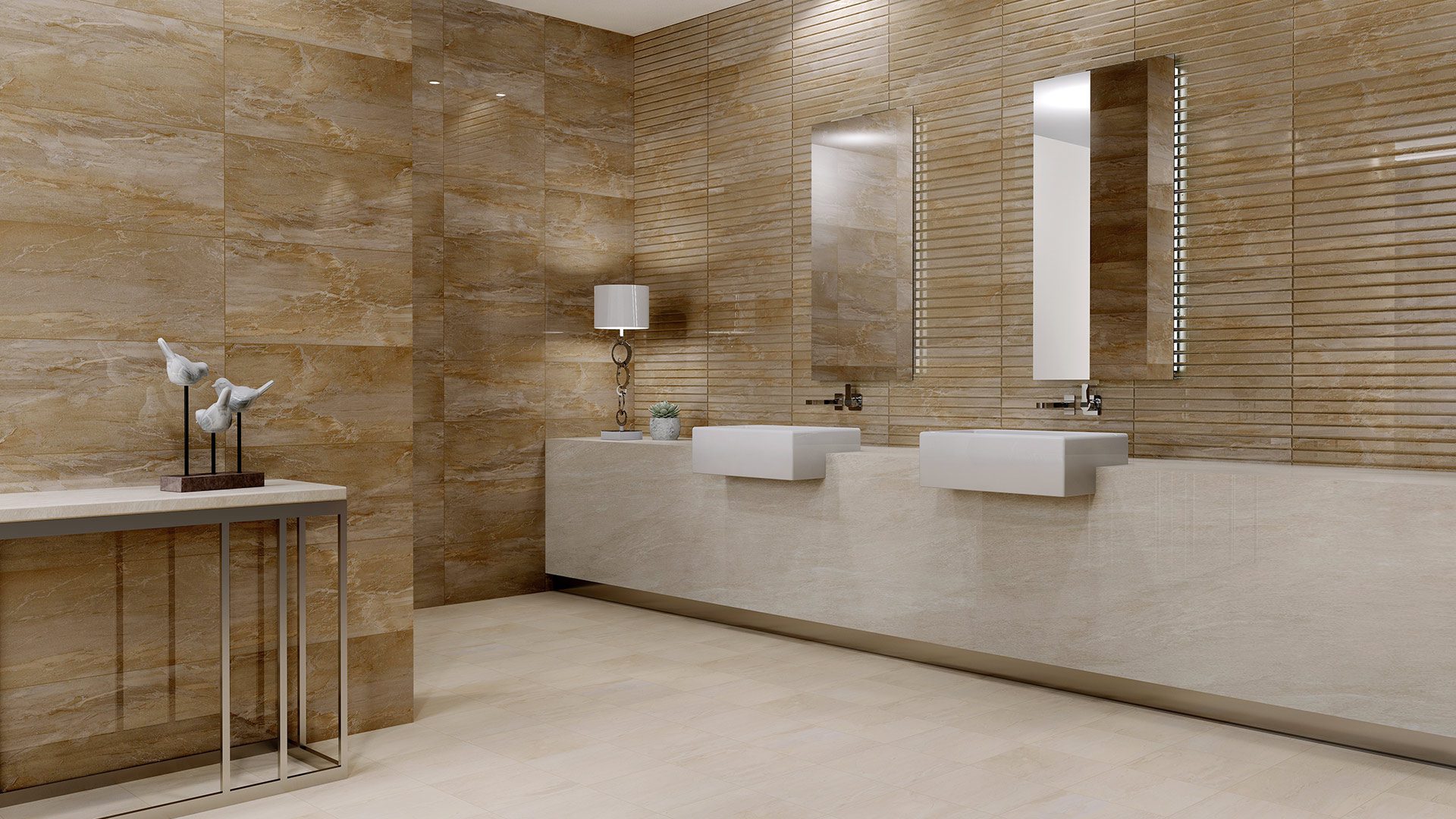
Bathroom Flooring and Walls: Think About the Future
Bathroom trends come and go, but flooring and wall finishes are more difficult to replace once installed. Choose materials that are both timeless and easy to maintain.
Porcelain tiles remain a firm favourite for bathroom flooring due to their durability and water resistance. If you’re tiling walls, consider using larger tiles to reduce grout lines and make cleaning easier.
Waterproof wall panels are also worth a look, especially for showers. Sonas offer a range of stylish, low-maintenance panels that can be installed faster than tiles—and without the mess.

Plan for Ventilation and Heating
Too many bathroom projects overlook ventilation. Yet without proper airflow, even the best-designed bathroom will struggle with condensation and mould. An efficient extractor fan is essential. Position it close to the shower or bath, and make sure it’s powerful enough for the size of your room.
Underfloor heating is another worthwhile investment if your budget allows. It adds a touch of comfort on chilly Winter mornings and helps prevent dampness by drying surfaces faster. Towel radiators with built-in timers are also great for keeping your bathroom warm and practical without wasting energy.
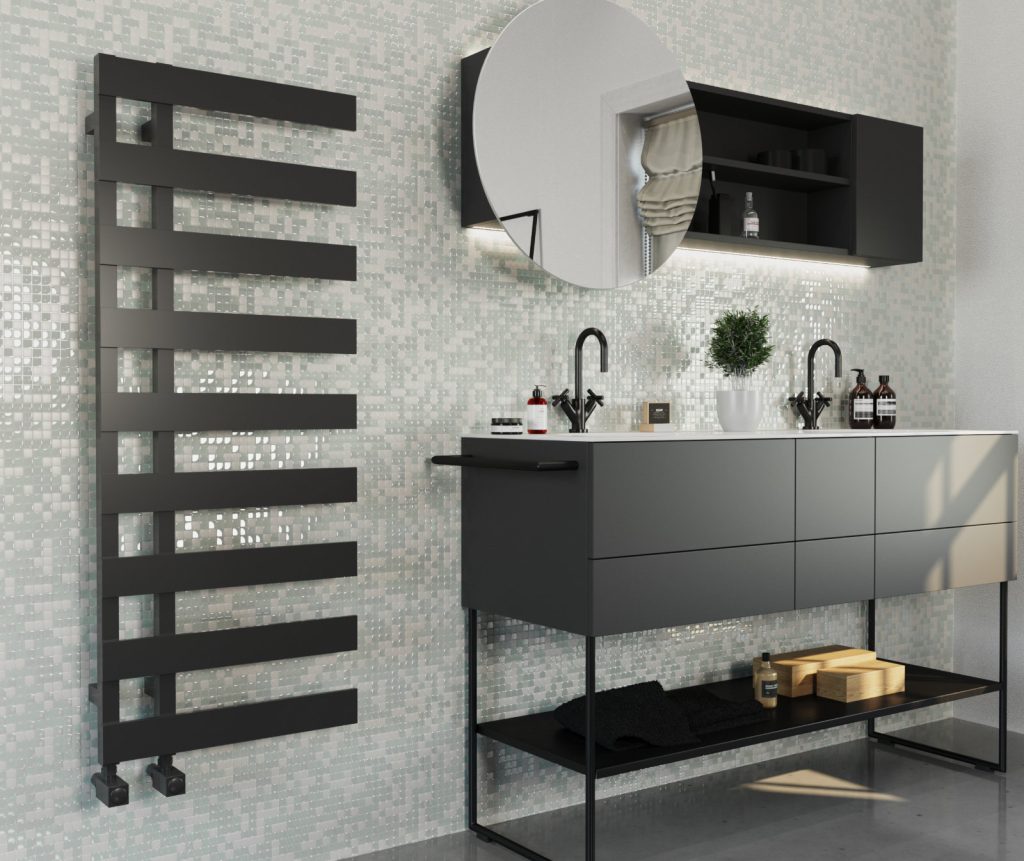
Bathroom Lighting: More Layers, Better Results
One ceiling light won’t cut it in most modern bathrooms. A thoughtful lighting plan should include ambient, task, and accent lighting.
Recessed downlights offer good general illumination, while wall-mounted fittings near mirrors will help with shaving or makeup. Consider LED strips under vanities or inside alcoves for a touch of warmth and depth.
A good lighting setup doesn’t just look smart—it also allows you to change the mood. Bright in the morning, soft and relaxing in the evening.
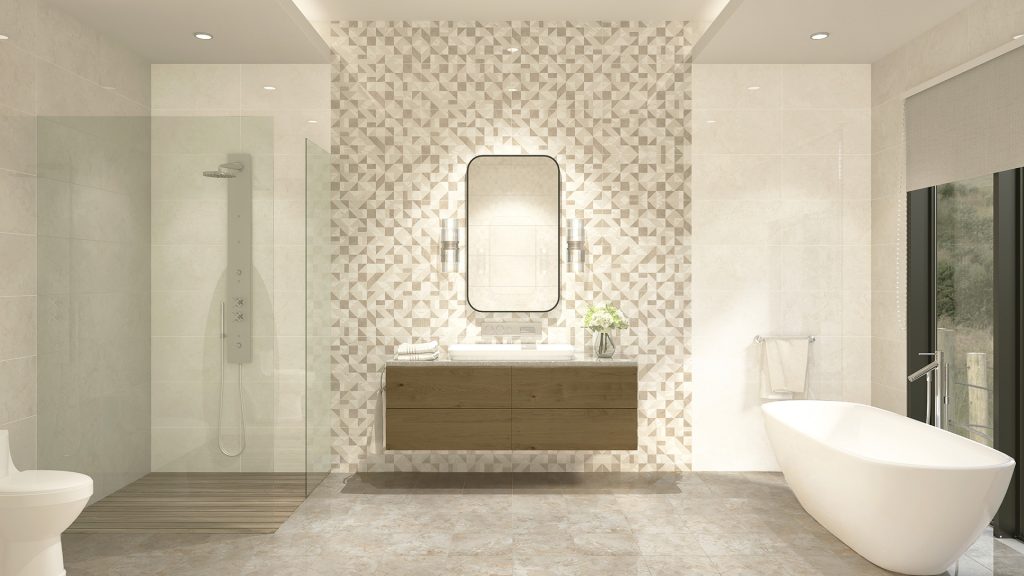
Don’t Forget the Timeline
Bathroom projects rarely run exactly to schedule, but planning ahead can help avoid unnecessary delays. Start by booking your trades early. The best bathroom installers are often booked several weeks in advance.
Once your layout is decided, order all key products as early as possible. Some made-to-order items—such as furniture from Decosan or Aquabella—may have longer lead times. Don’t wait until your installer is on site to order them.
Delivery slots, potential supply issues, and coordination between different trades (plumbers, electricians, tilers) all need careful scheduling.
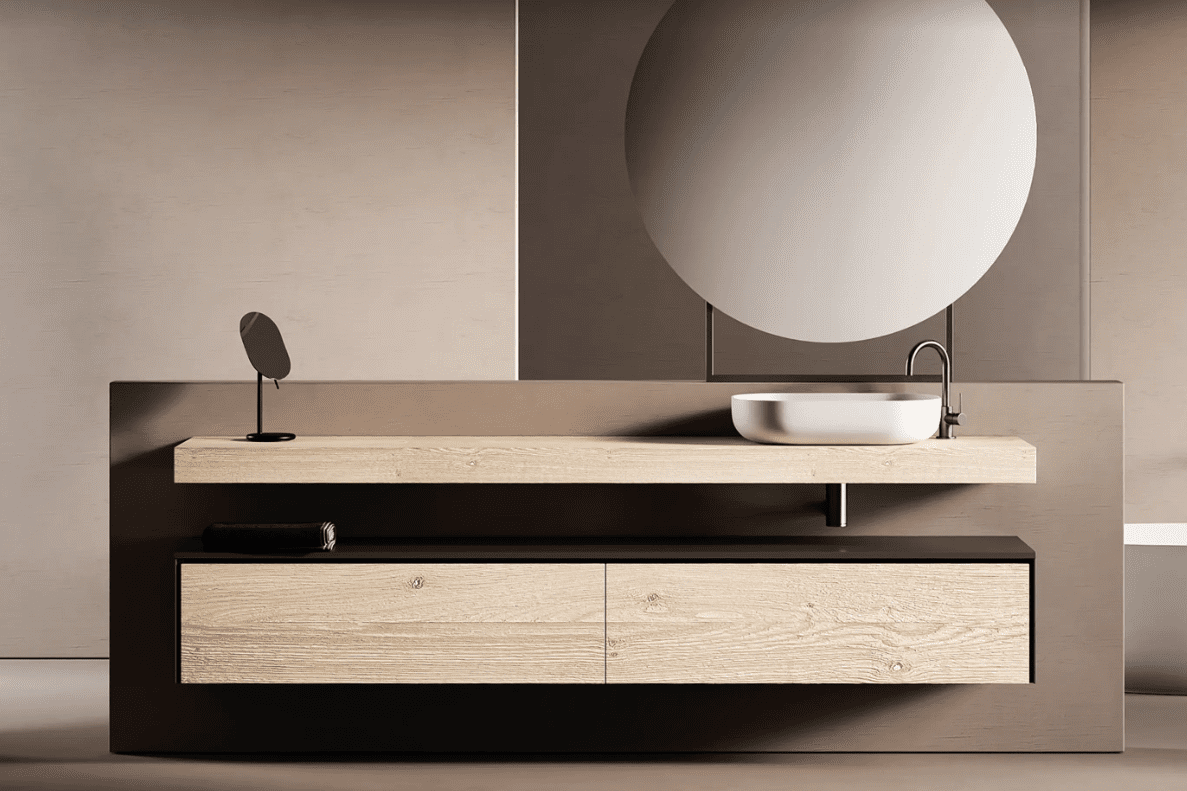
Set a Bathroom Budget—and Then Add a Buffer
It’s easy to underestimate the cost of bathroom projects. There’s more going on than meets the eye—plumbing, electrics, waterproofing, tiling, ventilation, heating, and lighting all add up.
Have a clear idea of your maximum spend, and then add a 10–15% buffer for any surprises. Structural work, hidden leaks, or changes to the plan mid-way through can all eat into your budget quickly.
When planning your bathroom budget, include not just the cost of fittings and finishes, but also labour, skip hire, and any plastering or painting needed after the installation.
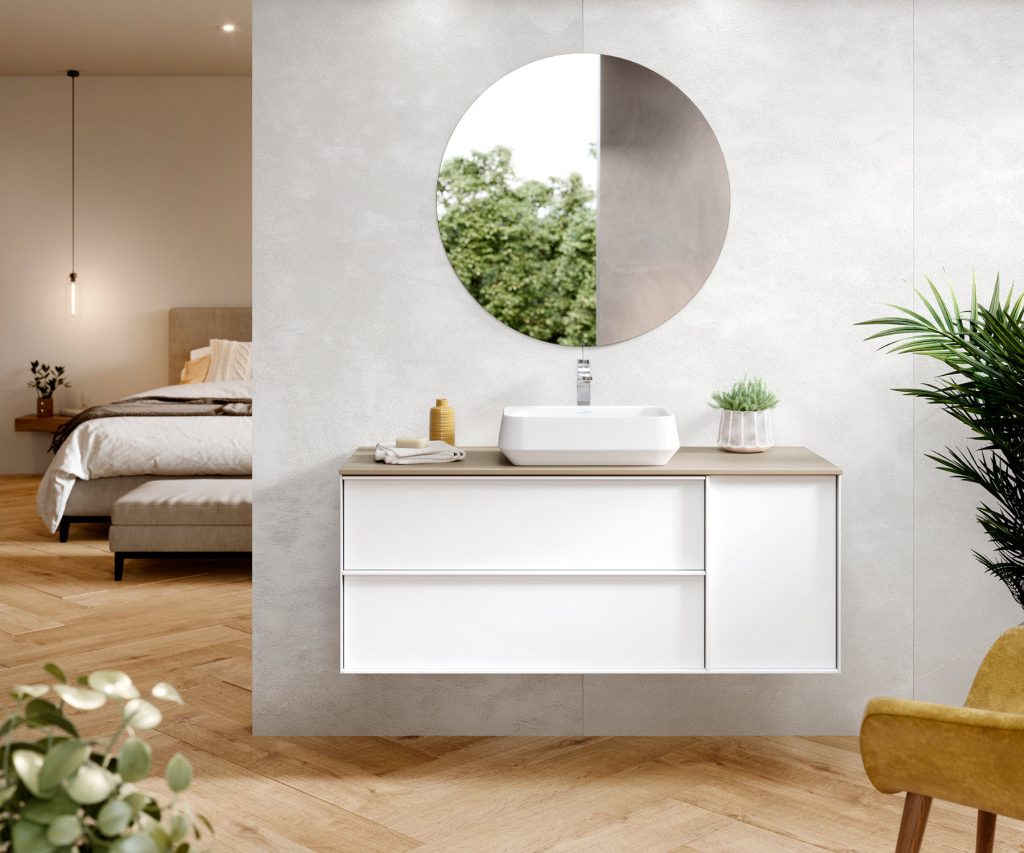
Take the Time to Test and Touch
One of the most overlooked steps in any bathroom project is visiting a bathroom showroom. Photos online are helpful, but nothing replaces seeing finishes in person or testing how a tap feels in your hand.
Run your hand over a tile. Open and close a vanity drawer. Check the depth of a basin. You’ll spot quality—or poor construction—much faster in person.
Many showrooms offer products from leading bathroom brands like Utopia, Roman, Aquabella, and Ramon Soler. Seeing their ranges side by side can help you decide what works best for your home.

Final Thoughts: Don’t Rush the Planning Phase
The best bathroom projects start long before the first tradesperson arrives. Rushing into decisions can lead to costly regrets, while a few extra days spent on layout, storage, and product selection can pay off for years to come.
Speak to designers. Visit showrooms. Make a plan that reflects how you want to live. And most importantly, ask yourself the right questions: Is this layout right for us? Where will everything go? Will this space still work in five years?
If you get the planning right, the installation phase will be smoother—and the finished bathroom will feel like it was always meant to be there.
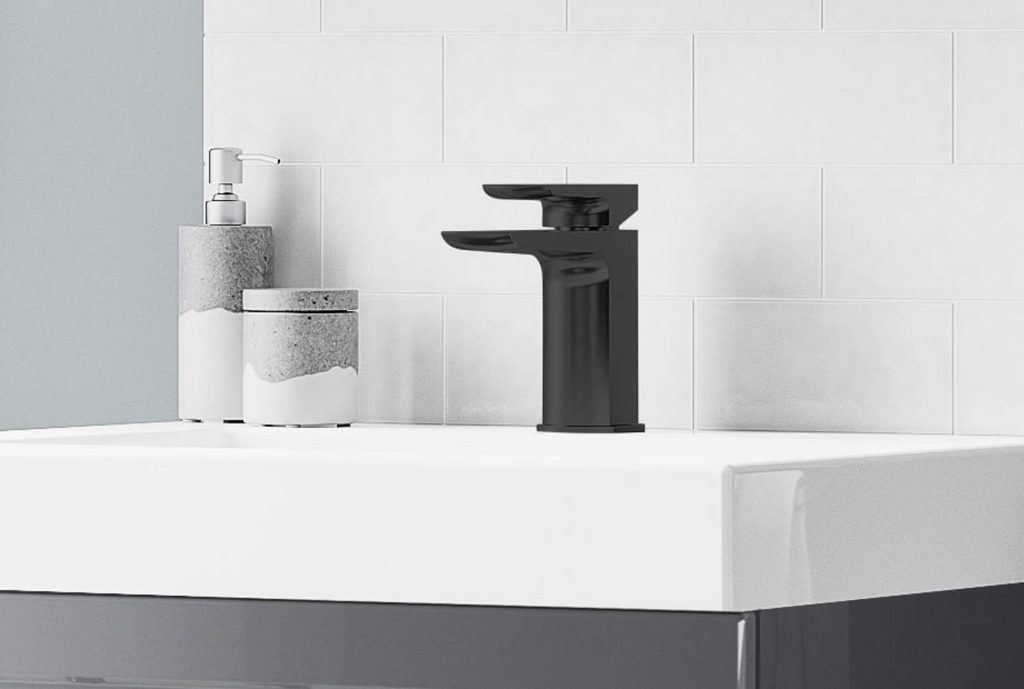
Looking Ahead
If you’re at the start of your new bathroom project, keep this checklist to hand and refer back to it often. Bathroom planning doesn’t need to be stressful or overwhelming, but it does need careful thought. With the right plan, trusted brands, and an honest approach to how the room needs to work, you’ll create a space that brings long-term value and comfort to your home.
For help in planning your dream bathroom project contact your local specialist today.
